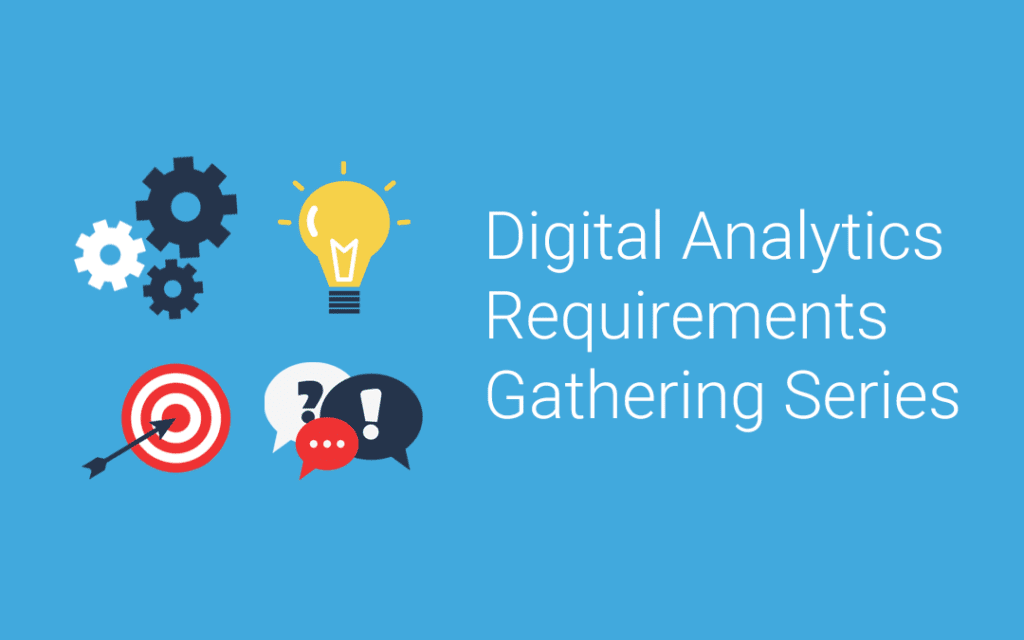Welcome back to the third installment of my blog series on Requirements Gathering. In this post, I’ll be diving into a method that builds upon the Grammarian’s Approach from the first in the series.
Using the Customer Journey to Gather Requirements
According to HubSpot, “A customer journey map is a visual representation of the process a customer or prospect goes through to achieve a goal with your company.” Think of this map like the Yellow Brick Road in the Wizard of Oz. Dorothy follows the road on her journey through Oz and encounters different touch-points along the way.
When interacting with your brand, your customers go through a journey of the touch-points you’ve laid out. Whether you have a formal Customer Journey Map or not, you can likely benefit from approaching requirements-gathering with this lens.
I’ll cover the key questions to ask when considering this method and then review the pros-and-cons.
Key Questions to Ask
- What are your organizational initiatives, objectives, and KPIs?
Before diving into the customer journey, take a step back to consider your organization’s top-level Initiatives, Objectives, and KPIs. (If those words don’t mean anything to you, I encourage you to get back to the first post of this series.)
Consider an example. You’re a Marketing Director at a major retail store and are leading an initiative for a new credit card targeted at existing high-value customers. Your top-level objective is to drive increased revenue with this new initiative.
Others on your team and in other departments are working towards the same top-level goal but their specific initiatives and objectives differ. They are likely more tactical and channel-focused.
As you work with stakeholders to develop their specific Initiatives, Objectives, and KPIs, keep the top-level goal in mind.
- What are the broad stages along the Customer Journey?
No matter how many touch-points your map contains, you should be able to group them into several larger categories. The above example includes categories like Awareness, Application, Approval, and Ongoing Usage.
- How do Initiatives, Objectives, and KPIs map to the stages?
Once you have your broad stages identified, start thinking about the business requirements of that stage. You can use the Initiatives, Objectives, and KPIs model as your framework.
See the table below for an example of those mapped to the Awareness stage of the customer journey.
| Overall Goal of Stage | Initiative | Objective | KPIs |
|---|---|---|---|
| Driving awareness of the new offering | In-store advertising with a link to a landing page | Drive pageviews to the landing page | % pageviews against in-store traffic volume |
| Email marketing with link to landing page | Drive opens of email Drive pageviews to the landing page | Email Open Rate Click Through Rate |
- How realistic is cross-departmental participation at your organization?
Great customer journey maps take into account user behavior across a variety of stages and tactics. This generally means having to work with other departments and teams. Be realistic with yourself about how siloed your teams are currently and how much movement you can expect when trying to engage with others.
This should not stop you from performing requirements gathering with this method, though. This type of big-picture view of how customers move through your organization could be something that hadn’t been considered before. It could move your organization towards being more integrated and less siloed.
Pros and Cons of the Customer Journey Map
- Pros
- Easy Framework to Understand: Even if you don’t have a formal Customer Journey Map in place, you likely understand how the broad stages map to different teams. You can use these broad stages as a jumping-off point.
- Adaptable to Short or Long Journeys: The retail example used in this post was for a broad initiative made up of multiple stages. You could easily apply this framework to a site redesign, a general measurement strategy, or a small campaign with a few different tactics.
- Cons
- More Stakeholders, More Problems: Involving more individuals can make the process longer, more complicated, and more prone to intra-office politics.
- Lack of Insight into Other Departments: If your organization is especially siloed, you might not have any awareness into what other departments are doing for a particular initiative. That department might be skeptical of why you want information and you might need to spend a lot of time up-front reassuring them of the benefits of your work.
As marketing becomes more customer-centric, it’s sensible to start approaching your requirements-gathering with the customer in mind. I personally love this approach for its flexibility and broad purview.
If you enjoyed this post of have questions, connect with me on Twitter at @CaitlinMarieMcC or via email at caitlin@e-nor.com.
Continue Reading the posts in this series:

















